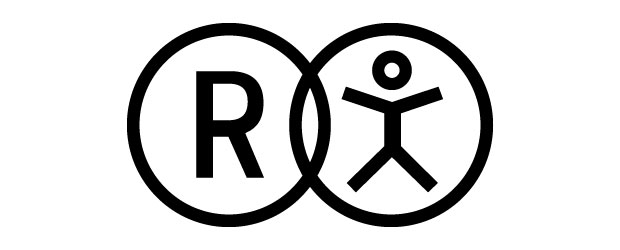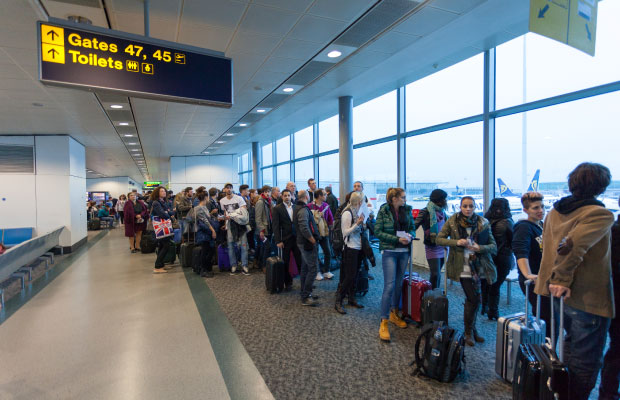Loyalty programs, a cornerstone of hospitality marketing, once indicated a genuine, mutually beneficial relationship between a customer and a hotel or airline. Today, both sides know that these offerings merely indicate an indifferent business relationship that, in fact, involves scant loyalty from either the company or the consumer. Consumers suffer from loyalty program fatigue. Rewards are too complicated to redeem, and the amount of points and discounts that one needs to qualify for the special club makes it almost irrelevant. Companies have turned loyalty programs into transactional numbers games focused on short-term results rather than the long-term relationships that these programs were originally set up to foster.
Loyalty program fatigue is the strongest indicator that these programs are well past their expiration date. New thinking is required, and experiments abound. The Global Hotel Alliance (GHA) has achieved significant success with its DISCOVERY program. Launched in 2011, DISCOVERY replaces free nights with personalized experiences conceptualized by staff, such as a day with pandas in Hong Kong. Widely viewed as a success, in fewer than four years, membership has swelled to over four million members worldwide, with an average new member sign-up rate of 2,000 per day.
But in today’s competitive market, offering exceptional rewards will likely not suffice in the long term. It’s a tactical response to a strategic issue: how to build stronger, more intimate relationships with consumers than ever before.

RENEW LOYALTY PROGRAM THINKING WITH BRAND INTIMACY
Our agency MBLM has spent years studying brand intimacy, and discovered a simple key insight: consumers form relationships to brands the same way they do to other people. This means that, like any human relationship, a brand relationship evolves over time.
As an addition to old loyalty reward thinking, brand intimacy offers a compelling new framework, building in measures to track not just frequency and lifetime value, but also intensity and character of the relationship.
Just consider the potential of the consultant. Let’s call her Marie. Marie travels to the same hotel in Moscow, let’s say a Marriott hotel, because it is the only decent hotel in the location where her client is located. She amasses a bunch of points which, according to current loyalty data, she will never use. She is completely indifferent to the Marriott brand. She will never engage with it and never recommend it to a friend.
Let’s contrast Marie with Christina, who is a passionate Marriott user. She cares about and truly engages with the Marriott brand. She writes posts on TripAdvisor, answers surveys and recommends the hotel to all her friends. She might even redecorate her home to look the same way, perhaps because she feels more productive when staying in Marriott hotels and she wants to take that feeling home with her. She is what we, in brand intimacy terms, would call “fusing.” However, she is not as frequent a user as Marie; thus, Marie is the one who is rewarded with free nights and upgrades. Christina might never get any recognition although she is presumably a much better driver of additional business than Marie will ever be. Add to this thinking a recent study by Bazaarvoice, which found that adding just one review to a product page results in a 10 percent increase in orders and 100 reviews equates to a 37 percent increase in orders.
THE NEW TACTICS
The Brand Intimacy methodology would rank Christina higher than Marie, given that she has an emotional connection with the brand and Marie does not (yet). Our recommendation would be for Christina to receive more personal rewards to fuel her passion and make her an even stronger advocate of the Marriott brand. And also recommend trying different methods to engage Marie and monitor what proves most effective.
As in human relationships, building brand intimacy takes time and a personal connection. Take an old-time example: Hyatt, which, in 2008, launched a global marketing campaign called “The Big Welcome Back” to generate buzz, media exposure and applicants for its Hyatt Gold Passport program, using newspapers, magazines, email and the global microsite . As part of the initiative, Hyatt engaged employees, empowering them to demonstrate “authentic hospitality” by performing “Random Acts of Generosity,” such as offering customers a free massage, laundry cleaning or dinner. A total of $1 million in Random Acts of Generosity was dispersed, and employees had free reign with their giveaways.
As a result of the campaign, Diamond member activity increased 40.9 percent (in 2009 over 2008), while room nights reserved increased 51.5 percent. For members who redeemed their complimentary night, stays increased 125 percent per member, while revenue increased 92 percent. Satisfaction with the Hyatt Gold Passport program increased as much as 63 percent for some, while preference for Hyatt increased as high as 90 percent. Key brand measures also increased in the double digits, including awareness (34 percent), preference (117 percent) and willingness to recommend Hyatt(50 percent). Overall, member stays increased 3.4 percent while the number of nights increased 3.1 percent.

AN OPPORTUNITY FOR THE TAKING
With a high personal touch, responsive audience and access to loads of data, the travel and hospitality industry has the means to build and create brand intimacy. Yet, it is the worst performing category in our latest Brand Intimacy survey.
A quick look at the well-known loyalty program-heavy airlines sub-segment may explain why. “When everyone is an elite flier, no one is,” Delta Airlines explained in an e-mail to frequent flyers in 2014. The airline, like many others, is making elite status more difficult to get and introducing more levels-most now have five-where before, the norm was three. In essence, we all get status but very few rewards. This development happens on top of data that show how little we are starting to care about airline status. A poll of 1,005 British citizens conducted by Collinson Latitude found that 40 percent of those signed up to airline loyalty programs never redeem miles (blackout dates, minimum spends, expiration dates) simply because the programs make it too cumbersome.
What would happen if airlines applied a different type of thinking, mined their data and empowered their employees to give spontaneous rewards in an attempt to build stronger relationships? What if the airline spotted that a passenger, John, has increased his travel frequency by 50 percent in one month and the airline rewarded him with a spontaneous upgrade on a Friday night flight from New York to Chicago? Or maybe surprised an opera-loving elite status member with a personalized soundtrack on her next flight?
Beleaguered Scandinavian carrier SAS is testing just how powerful such an idea might be. Betting that its loyalty program EuroBonus will be able to carry its business into the future, SAS is counting on its unique customer database to drive business and view it as a key tool for up selling products and getting new partners. Indeed, right before Christmas 2014, Eivind Roald, Executive VP of Sales & Marketing for SAS, predicted that in the future no one will have to pay for an SAS ticket if they are willing to endure a certain amount of advertising and invest some time in the advertisers post flight. SAS still has a way to go, but our bet is that if the airline aims to build brand intimacy in addition to revenue, SAS would be in a unique position to leapfrog and set a new standard for the industry.
BE BOLD AND EVOLV
It is clear that loyalty program thinking is already changing, and changing fast. The beauty of brand intimacy is that success might not require a full-blown overhaul of existing efforts but rather, can be done in stages, such as thinking about new ways of segmenting and testing which ones are successful and easy to apply; or, setting up different criteria and methods for identifying passionate (or bonding) consumers and testing how to best reward them. Or, even empowering employees in selected job functions to surprise customers within a budget the privilege of traveling through different functions. There are always new and interesting ways to make offers more personalized. And perhaps, most importantly of all, a loyalty program can be reviewed from a fresh perspective to confirm whether the brand and its vision are at all part of the program.
To download the full Brand Intimacy 2015 Report or explore the Ranking Tool, please visit: mblm.com/brandintimacy/.
To learn more about MBLM, click here.
